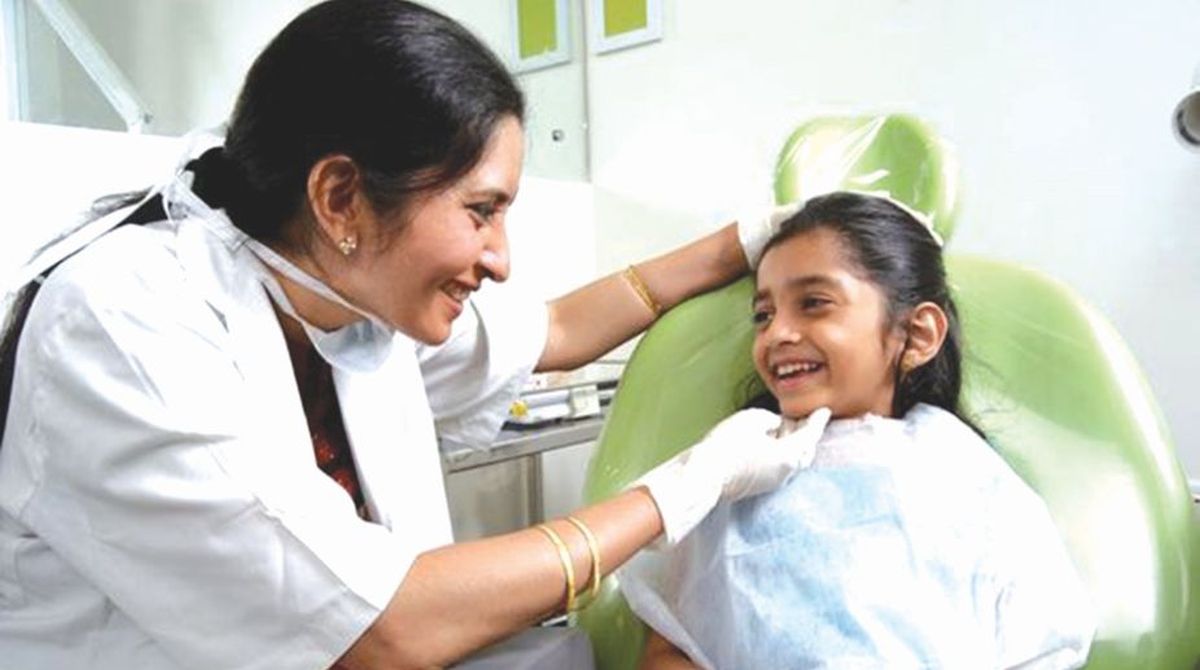Like most professions, medicine too has for centuries been dominated by men. Anandi Gopal Joshi, the woman widely regarded as India’s first female physician, finished her degree in Western medicine in the late 19th century.
Over the years, women have gradually but steadily sought to make their presence felt in this field. A significant number of them are today found in the profession, a phenomenon that is being referred to as the ‘feminisation of healthcare workforce’.
Advertisement
More women in medical colleges doesn’t become women doctors: While more girls studying medicine is a good news, a closer look at the workforce composition throws up some discouraging facts. Despite entering medical colleges in equal numbers, women are less likely to establish long-term practice as compared to their male counterparts. While there is no consolidated national data on the number of women medical graduates ending up not practicing, several localised studies prove this.
According to a paper published in the Lancet journal in 2011, only 17 per cent of allopathic doctors in India were women. A 2013 study found that women represent the majority of medical school graduates in Goa but that only 41 per cent of them were actually practicing the profession. This phenomenon is not specific to India; rather this is globally acknowledged fact that many women limit working hours or discontinue practice to shoulder a greater share of family responsibility. At the same time the numbers of women progressing to leadership positions remains abysmally low.
Uneven distribution across specialties: Women might have come a long way, getting the better of gender stereotyping; yet in medical specialties such as surgery, they continue to be sparsely represented. According to the Association of Women Surgeons of India only 700 of 25,000 Indian surgeons are women. Only 19 per cent of surgeons in the US are women.
The same holds true for specialties such as Cardiology, Orthopedics, Urology and Gastroenterology that continue to be dominated by male doctors across the world. According to American College of Cardiology, women still accounted for less than 20 per cent of all cardiologists in the US in 2010. While there is no compiled data for the same in India, empirical evidence suggests we are at par with the global trend.
Women medical professionals are usually said to prefer a few “soft” specialisations, and thereby their presence is largely concentrated around these specialties. So while Pediatrics, Gynaecology and Obstetrics, Dermatology, and Psychiatry, among others have women practicing in large numbers, women cardiologists, surgeons, orthopedic specialists, anesthesiologists remains rare.
The glass ceiling: According to a paper published in the Indian Anthropologist journal, women’s participation at graduate level was around 50 per cent in 2010. However, the gender gap widened dramatically as they moved up the academic ladder.
At the doctorate level women doctors were a mere one-third of the men. Women further fall off the progression as you climb further up the academic and administrative route. In the US, women account for only 18 per cent of hospital CEOs and 16 per cent of all deans and department chairs. The situation in India is similar, if not worse. International research also indicates that workplace discrimination against women physicians, pay gap and lack of mentorship are real concerns.
Much like in the corporate world where women’s careers take a beating after hitting the ‘Maternal Wall’, women doctors too report being sidelined after having children. Evidently, the proverbial glass ceiling is yet to be broken when it comes to the top of the medical profession.
Feminisation beyond numbers: These facts lead us to the conclusion that the much-discussed ‘feminisation of medical workforce’ is at best a restricted phenomenon. While increase in women doctors is a welcome sign, it might still take some more time to establish absolute parity.
Human Resource experts have deliberated at length upon the changes an increasingly female healthcare workforce might bring to the field. The changes are expected to occur at both interpersonal level in the patient-doctor relationship as well as in the medical profession at large.
Evidence suggests there are positive aspects associated with the way women doctors practice. They are by and large known to spend more time with patients, develop a deeper interpersonal connection, take a more caring approach to patient care and even write fewer prescriptions.
Given the changing nature of healthcare workforce and the need to promote more women in leadership roles, it is important that a series of steps are taken at different levels. These must include:
- Encouraging more girls to enter the STEM fields to ensure they are able to achieve their true potential
- Encouraging more women medical graduates to opt for ‘male dominated’ specialties. Incentives such as scholarships and mentorship programmes must be offered to women opting for such specialties in postgraduate studies
- Giving emphasis to longer paternity leaves in hospitals so as to encourage male doctors to share greater responsibility in child rearing
- Creating a pipeline of potential women leaders in hospitals and removing any kind of gender bias accompanying decisions of promotions
- The above steps can have only limited success unless accompanied by a change in social norms that still consider women as primarily responsible for household management and child raising. Encouraging greater sharing of household responsibilities by men is a necessity
The writer is group head, HR, Paras Healthcare.











